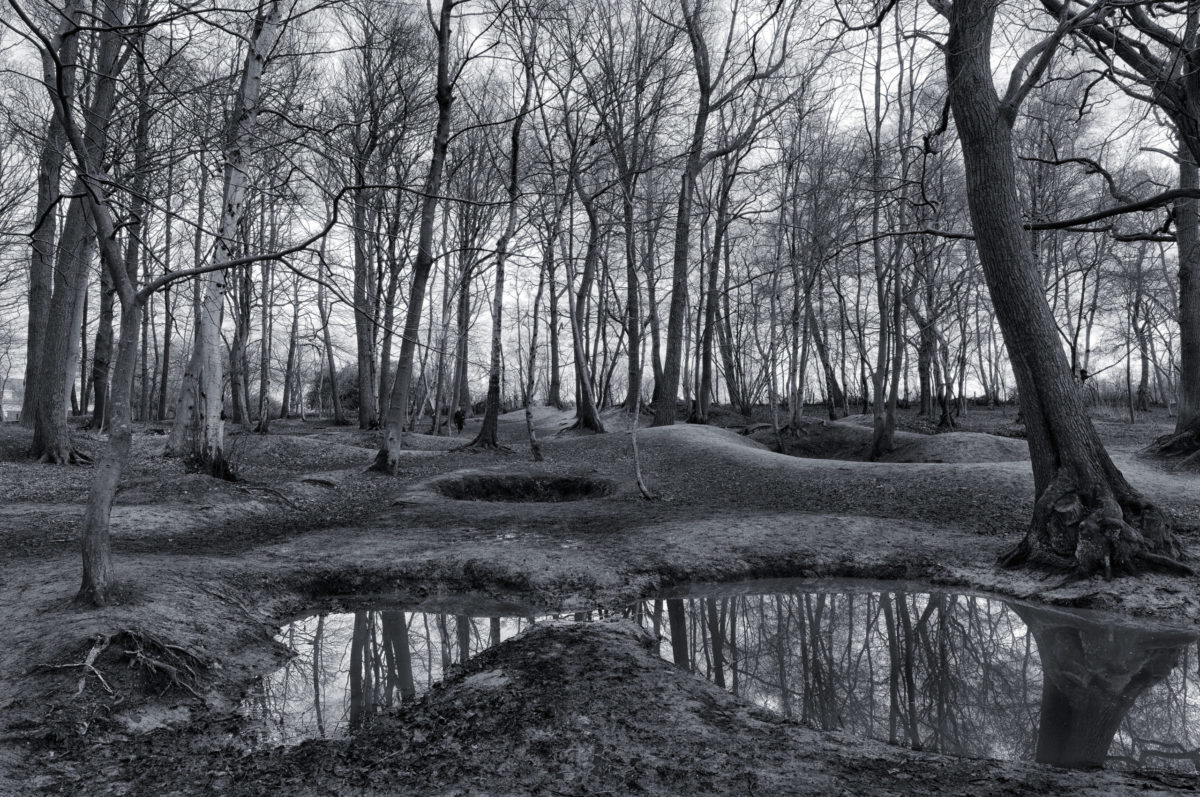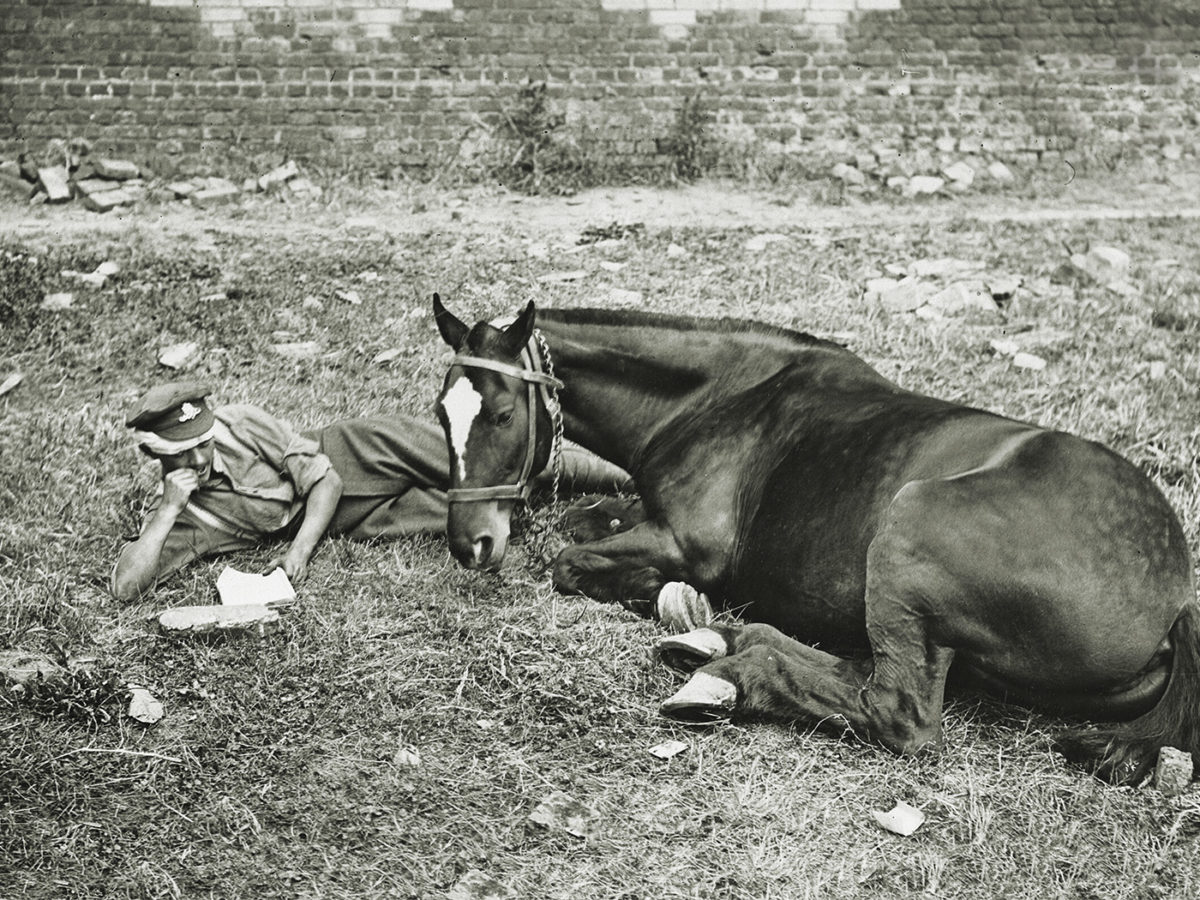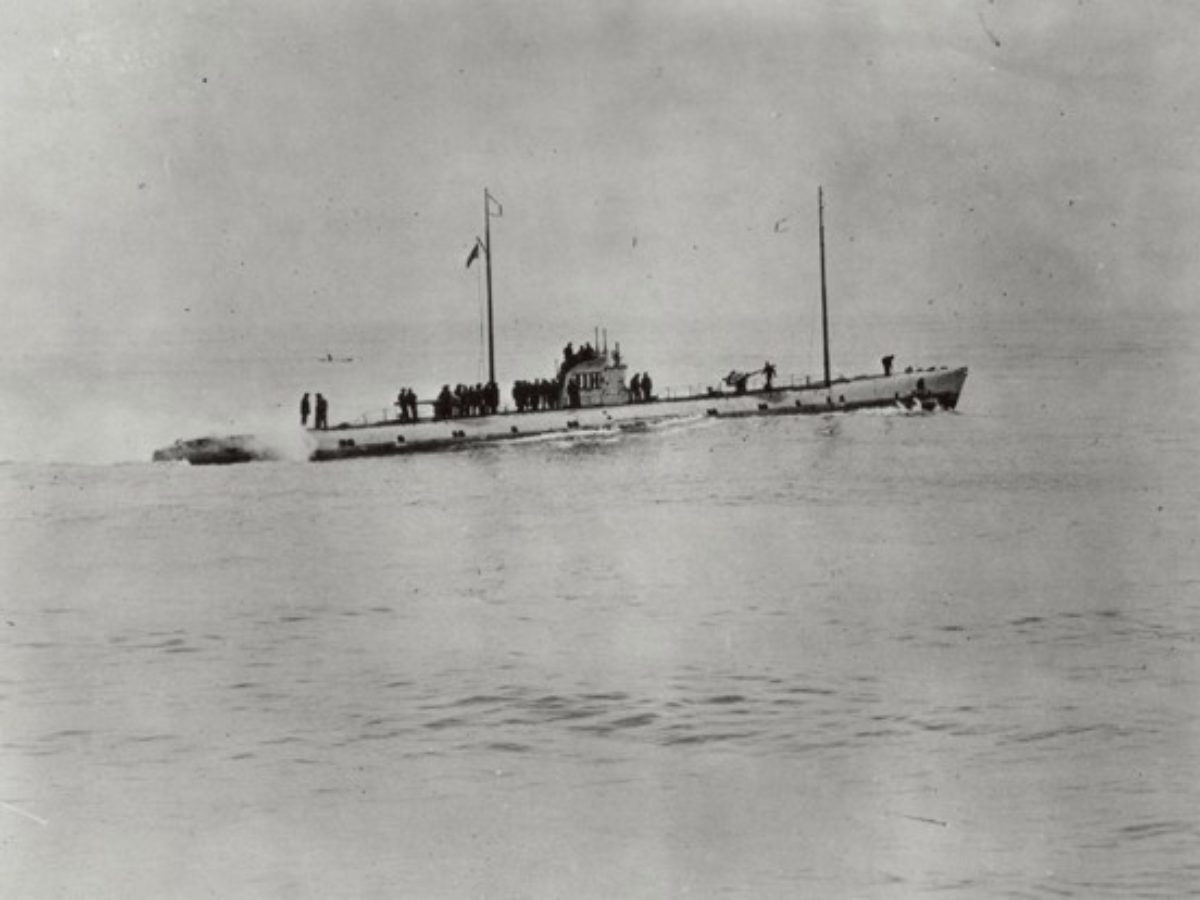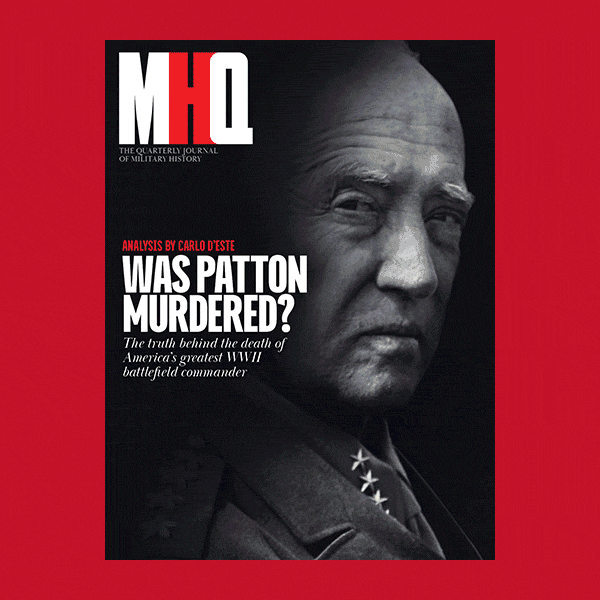Warfare’s impact on nature and the environment is not often discussed in military history circles, even in this age of increased environmental awareness. Sadly, it’s a topic that will remain painfully relevant to humanity not only from the after-effects of wars long past, but from war that continues raging in the world even today.
It can be easy to overlook the toll of war on nature because nature doesn’t have its own voice—at least not one that can be heard easily by humans unless we go out of our way to listen. Popular movies and TV shows may give us distressing but relatively simplistic impressions of destruction caused by battles and war. Historic photos and archival films present contemporary visuals, but these don’t show us the full picture. War has a much more drastic impact on ecosystems than we can imagine, continuing to cause harm even centuries after the din of battle falls silent across former frontlines.
France, for example, is still coping with poisons left in local environments from World War I. Areas near former battlefields have absorbed heavy metals, chemicals and even arsenic. In some places, toxins in the soil prevent anything growing from it. In other areas where trees and animals have returned, toxins remain present in flora, fauna and ground water.
In 2012, the French government prohibited citizens in more than 500 municipalities from drinking locally sourced water due to contamination from perchlorate, which derives from World War I ammunition. A “red zone” of more than 42,000 acres where it is impossible for humans to live exists today in France due to vast amounts of unexploded ordnance—including deadly gas shells—and chemical pollution.
Chemicals used during the war included phosgene, sulfur mustard to cause blistering, and diphenylchlorarsine—the latter a “vomiting agent” used by the Germans in September 1917 in combination with lethal gases to cause Allied soldiers to become sick, remove their gas masks, and be killed by toxic fumes.
These poisons continue to lurk in shells beneath the soil, to leak and to spread. Their effects are still deadly.
The French continue to extract about 900 tons of unexploded ordnance from the soil of their country per year. They have a long road ahead in terms of bringing healing to the land. Experts say it will take literally several centuries before those areas are clean again.
Recommended for you
War unleashes a Pandora’s box of hurt. The Second World War also saw large-scale damage to nature. Globally, unexploded bombs and land mines remain a deadly problem; sunken ships spread heavy metals and toxins into the ocean as they deteriorate, wounding marine life. The impact of radioactive particles from the testing and use of nuclear weapons remains—as have the far-reaching effects of chemical defoliants used during the Vietnam War, which have had long-lasting harmful effects on men exposed to them, as well as their families and citizens living in affected areas. We can well imagine the suffering of animals in times of war, from pets and livestock to birds of the air and sea creatures in the deepest oceans. When humans fight to destroy one another, the whole world suffers.
All of this is certainly very grim to think about—but it ought not to leave us feeling depressed or hopeless. The effects of war on nature deserve more research and public attention, especially in these times when, in addition to the ongoing need to clean up after wars past, war has yet again erupted in Europe and international tensions are high.
While it’s true that war creates worlds of hurt, studying war gives us opportunities to appreciate what is good in the world around us and to reflect, with amazement and reverence, on the resilience of human beings, animals and the environment. More than harmful substances are expended in war—what is also spent is courage, endurance, and a desire to uphold human dignity and freedom, which no brutal force has ever been able to destroy. War does not only leave us with an inheritance of poisons and contamination in our world. What also remains with us are echoes of the greatness of the human spirit, and the memory of those whose bravery makes them immortal to us who hold them in our hearts and in our admiration. This legacy, alongside the sufferings that remain, can and should encourage us to seek ways to honor the sacrifices that have been made, to educate others and to do what we can to help the world heal.









